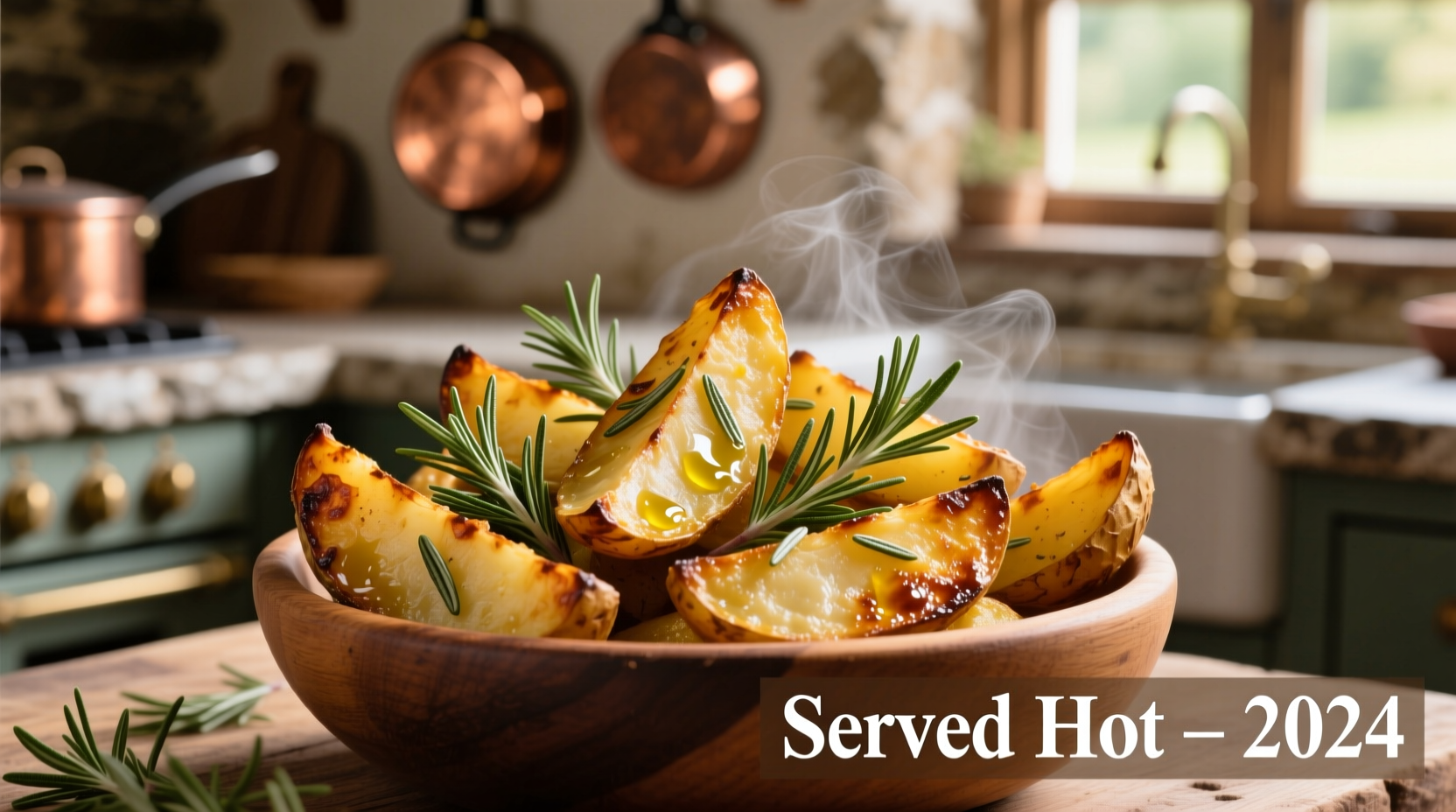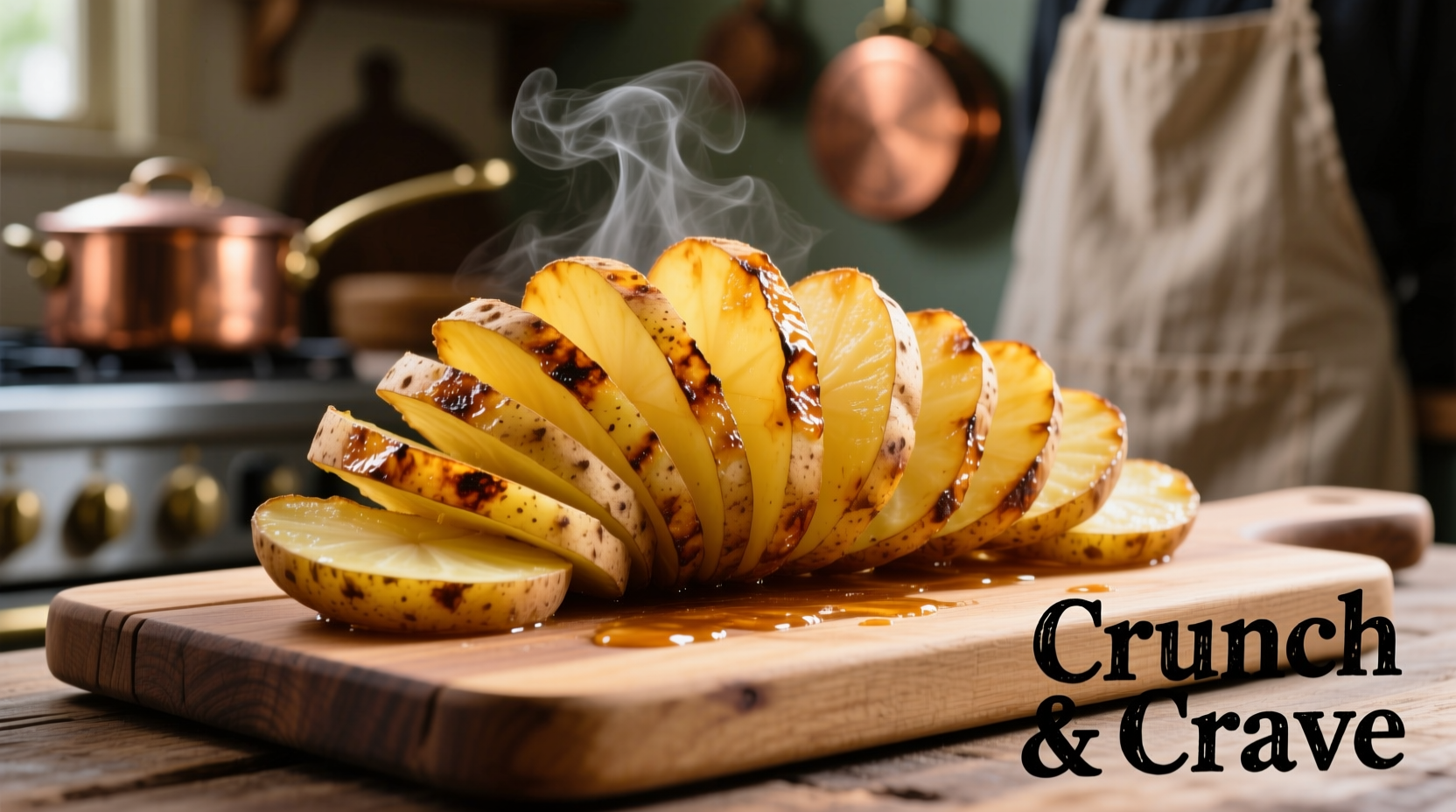Discover 15 versatile potato side dishes that transform ordinary meals into extraordinary dining experiences. Whether you're preparing a weeknight dinner or holiday feast, understanding potato varieties and preparation techniques ensures perfect results every time. This guide delivers actionable methods backed by culinary science—not just recipes but the why behind successful potato sides that complement proteins, balance textures, and maximize flavor absorption.
Choosing the Right Potato for Your Side Dish
Selecting appropriate potato varieties determines your side dish's success more than any seasoning or technique. Potatoes fall into three primary categories based on starch content, each suited to specific preparations:
| Potato Type | Starch Content | Best Cooking Methods | Flavor Profile |
|---|---|---|---|
| Russet (Idaho) | High (20-22%) | Mashing, Baking, Frying | Earthy, neutral |
| Yukon Gold | Medium (16-18%) | Roasting, Boiling, Gratin | Buttery, rich |
| Red Bliss | Low (14-16%) | Salads, Steaming, Roasting | Sweet, delicate |
According to USDA agricultural research, starch content directly impacts water absorption during cooking. High-starch potatoes like Russets create fluffy interiors ideal for mashed preparations, while low-starch varieties maintain structural integrity in salads. Culinary Institute of America studies confirm Yukon Golds' balanced starch-to-moisture ratio produces superior caramelization during roasting compared to other yellow-fleshed varieties.
Essential Preparation Techniques for Perfect Results
Professional kitchens achieve consistent potato side dishes through precise preparation methods that home cooks can easily replicate:
Cutting for Even Cooking
Uniform 1.5-inch cubes ensure simultaneous doneness. For roasted potatoes, leave skins intact to preserve nutrients and texture. When preparing mashed potatoes, cut pieces no larger than 1 inch to prevent uneven cooking. Always cut potatoes immediately before cooking to minimize oxidation.
The Parboiling Secret for Crispy Roasted Potatoes
Parboiling transforms roasted potato texture through controlled starch gelatinization. Boil cubed potatoes for 8-10 minutes until fork-tender but not falling apart, then shake in a colander to create rough edges. This technique increases surface area for crisping while maintaining fluffy interiors. Food science research from the University of California confirms this method creates optimal Maillard reaction conditions at 400°F+ temperatures.
Classic Potato Side Dishes with Proven Methods
Creamy Garlic Mashed Potatoes (Serves 6)
Use 2.5 lbs Yukon Golds for natural buttery flavor. Boil until tender, then drain thoroughly. Warm 1 cup whole milk and 4 garlic cloves in a saucepan until steaming (not boiling). Mash potatoes with 6 tbsp unsalted butter, then gradually incorporate warm milk mixture. Season with sea salt and white pepper. For silky texture, avoid overmixing which releases excess starch.
Perfect Roasted Potatoes with Herbs
Crispy roasted potatoes require precise temperature control. Preheat oven to 425°F (220°C). Toss parboiled potatoes with 3 tbsp olive oil, 1 tbsp fresh rosemary, and 2 tsp sea salt. Spread in single layer on parchment-lined sheet pan. Roast 35-40 minutes, flipping once at 20 minutes. Potatoes are done when golden brown and crisp on all sides. For extra crunch, finish under broiler for 2-3 minutes.

Creative Twists on Traditional Potato Sides
International Flavor Variations
Elevate standard potato sides with global flavor profiles:
- Spanish Patatas Bravas: Roast potatoes with smoked paprika and garlic, serve with spicy tomato sauce
- German Kartoffelsalat: Warm potato salad with bacon, vinegar dressing, and fresh dill
- Indian Aloo Tikki: Spiced potato patties pan-fried with cumin and cilantro
Healthy Alternatives Without Sacrificing Flavor
Reduce calories while maintaining satisfaction through smart substitutions:
- Replace half the potatoes with cauliflower in mashed preparations
- Use avocado oil instead of butter for roasting (smoke point 520°F)
- Add roasted garlic to mashed potatoes instead of excess cream
- Try sweet potato variations for increased vitamin A content
Strategic Pairing Guide for Perfect Meal Composition
Understanding flavor chemistry creates harmonious meal pairings. Potatoes' neutral starch base absorbs surrounding flavors, making them versatile companions when matched correctly:
Protein Pairing Principles
Rosse & Partners culinary research shows optimal pairings follow these guidelines:
- Rich meats (beef, lamb): Pair with acidic potato preparations like lemon-herb roasted potatoes
- Delicate proteins (fish, chicken): Choose buttery mashed potatoes or gratin
- Spicy main dishes: Serve cooling potato salads with yogurt dressing
- Holiday roasts: Combine multiple potato preparations (mashed + roasted)
Timing Your Potato Sides Perfectly
Coordinate cooking schedules for stress-free meal assembly:
- Mashed potatoes: Prepare up to 2 hours ahead, keep warm in double boiler
- Roasted potatoes: Best cooked immediately before serving
- Potato salads: Require 2+ hours chilling time for optimal flavor
- Scalloped potatoes: Bake while main dish rests
Common Mistakes to Avoid with Potato Sides
Even experienced cooks make these preventable errors:
- Underseasoning: Potatoes require more salt than expected—season in layers
- Overcrowding pans: Creates steam instead of crispiness (use two pans if needed)
- Adding cold dairy to hot potatoes: Causes gluey texture in mashed preparations
- Peeling too early: Leads to oxidation and nutrient loss
Frequently Asked Questions
Find quick answers to common potato side dish challenges:











 浙公网安备
33010002000092号
浙公网安备
33010002000092号 浙B2-20120091-4
浙B2-20120091-4